This post may contain affiliate links. If you click one and make a purchase, I earn a small commission at no extra cost to you. It helps support the site so I can continue to offer great content to you!
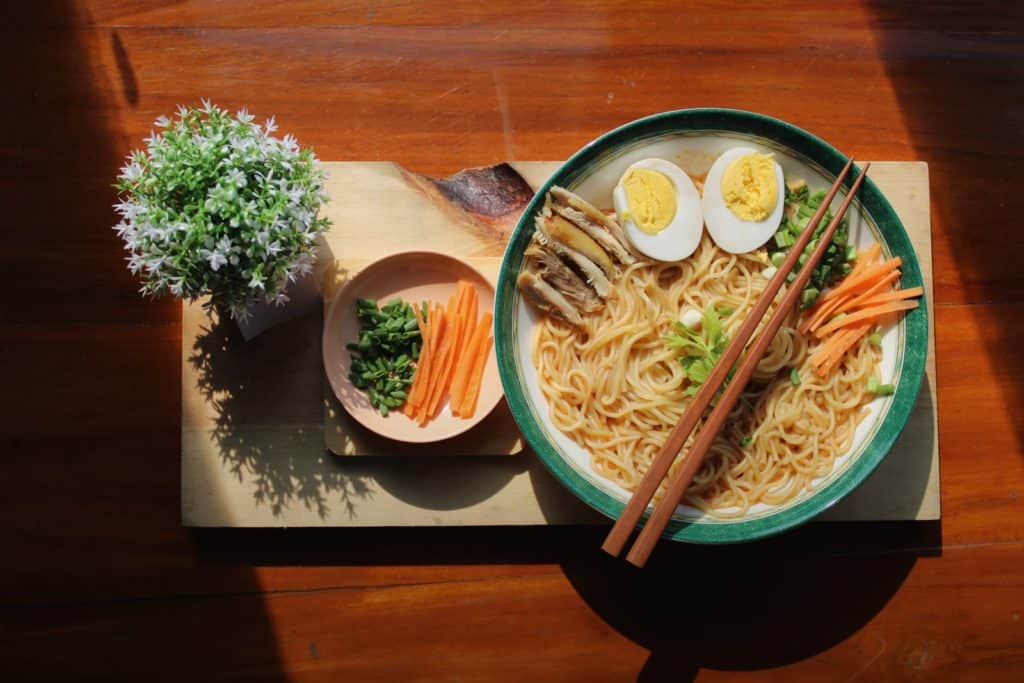
Learning how to cook can be quite overwhelming. At the same time, it is an essential life skill that everyone will need at one point or another. Even if you are not the primary cook in your household, knowing how to prepare simple meals with confidence without stress is important. This article is all about cooking the basics 7, with a few extra ideas and tips along the way.
Pasta
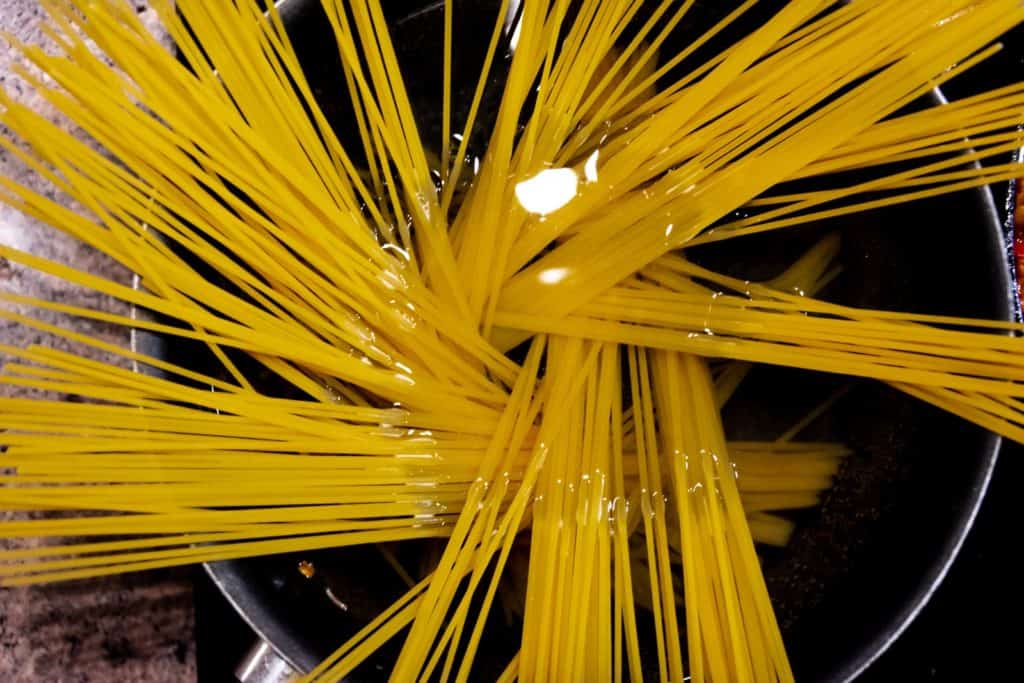
Pasta is one of the most versatile foods out there and has earned its number 1 spot on this cooking the basics blog post. It is easy to make and is liked by most. Even people who do not eat grains can find other types of pasta they can use as a substitute.
When making pasta, always read the instructions on the box. Different types of pasta require different cooking times.
It is best to always start by adding a generous quantity of salt to your cooking water. This is the only way to season the pasta itself; it requires more salt than you probably thought. According to food52, you need to add at least 1.5 tablespoons of salt for every pound of pasta. I recommend using sea salt or pink Himalayan salt. You can add the salt anytime you want, but I recommend adding it when the water has already reached a boil, right before you add in your pasta.
Once the water reaches a strong boil, it is time to add the pasta. When doing so, the water temperature will cool slightly. Make sure to give them a good stir so that they do not stick together.
When the cooking time is up, reserve some of the cooking water before draining the pasta. Adding it back to your final dish will provide extra flavor and help the sauce binds to the pasta.
After you drain the pasta, do not rinse them. I have done this many times and it’s a big no-no. It takes away the starch that helps the pasta bind to the sauce. For the best result, mix the pasta with the sauce immediately after you drain them.
Rice
Similar to pasta, I find rice to be a great base for many dishes. Whether you are making a stir fry, adding rice to a soup, or fixing burrito bowls, knowing how to make rice properly is important. I like fluffy rice. I cannot stand sticky and mushy rice in any of the meals mentioned above.
Over the years, I have perfected how to make the best rice, and I am happy to share my technique.
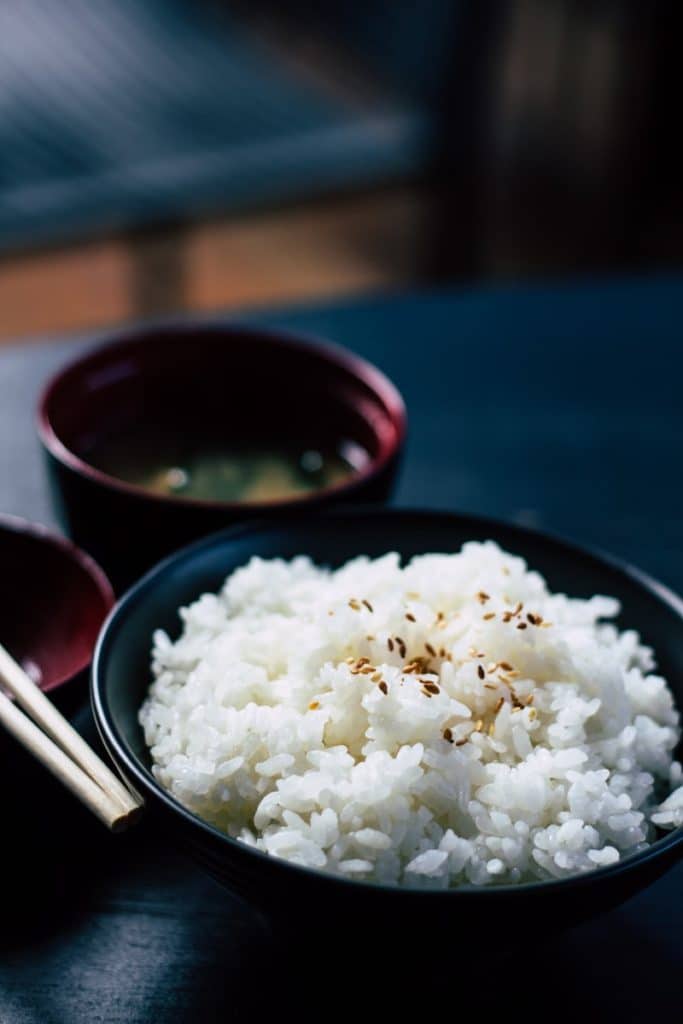
- Heat about 1 tablespoon of avocado oil in the pot you will use to cook the rice.
- Rice your rice. You want to remove extra starch that is sitting on the surface of your rice. Put it in a small colander and rinse until the water is clear and no longer starchy.
- When the oil is hot, add your rice and stir it in the oil for a minute or so.
- Add your liquid. The amount of liquid is absolutely key to making fluffy rice. For each cup of dry rice, you need 1.5 cup of liquid. Tip: I like to use chicken or vegetable broth instead of water. I find my rice to be more flavorful that way.
- Cook on medium heat until all of the liquid has been absorbed.
- Let the rice sit for at least 5 minutes covered.
- Fluff the rice with a fork and add to your dish or serve.
| Idea: My favorite way to serve rice as a side dish is to add a little bit of olive oil, salt, pepper, parsley, and chives on top. It is light yet flavorful. |
Eggs
A “cooking the basics” article would not be complete without a section on eggs. Eggs are a quick, easy to make, and relatively cheap source of protein. There are several ways to prep your eggs, but here are the main ones.
Scrambled
This is probably the easiest way to make your eggs. Use a non-stick pan and add a small amount of butter or avocado oil. Heat on medium-high, and once the butter is melted and bubbly, add your eggs to it. Use a silicone spatula and scramble the eggs until they are cooked to your desired consistency. Season with salt and pepper, and serve hot.
| Idea: You can add scrambled eggs to stir fry for a low-cost complete meal. |
Over easy
I love a good over easy egg. However, I am not good at making them.
Heat butter in a non-stick pan on low heat. While it is melting, crack your eggs in a separate dish (a small bowl for example). Once the butter is melted and bubbly, gently pour your eggs into the pan. Immediately lift the handle slightly so that the eggs will pool into one area. After about 15 seconds, lower the handle back down. Let the eggs cook for another 10 seconds or so. Season your eggs with salt and pepper. When the whites are fully set but not hard, it is time to flip the eggs. The key is the bring the pan to meet the egg while flipping it. Cook them for another 10 seconds and flip back to the first side. Serve immediately with warm toasted bread.
Hard boiled
I always keep hard-boiled eggs in the refrigerator. They are a great snack and can be used for sandwiches or on salads. Hard-boiled eggs are really easy to make if you follow the proper cooking time.
I always boil my water before adding the eggs to it. Make sure you have enough water in your pot that the eggs will be completely submerged when you add them. Once the water is boiling, gently lower the eggs one at a time into the boiling water using a ladle.
For soft-boiled eggs, set your timer for 5-7 minutes. 5 minutes will be runny while 7 minutes will have a barely set yolk.
For hard-boiled eggs, set your timer for 9 to 12 minutes depending on the size of your eggs.
When the timer goes off, immediately remove the pot from the heat and move the eggs into a bowl of cold icy water to stop them from cooking. Peel the shell off the eggs and store them in the refrigerator in an air-thigh container.
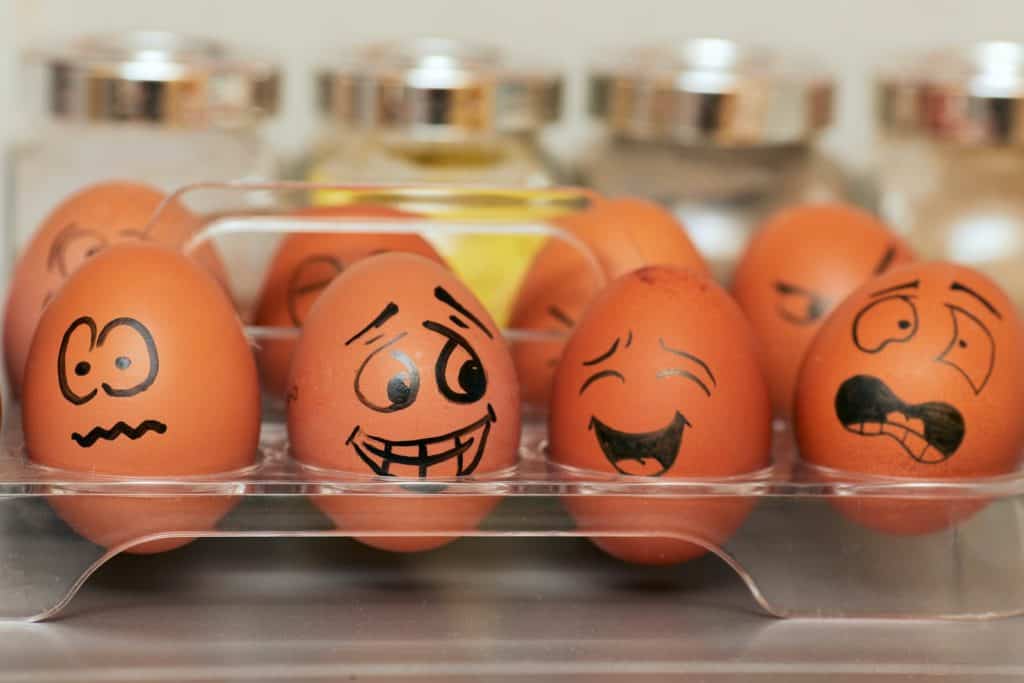
Potatoes
It is a good idea to get comfortable cooking potatoes in a variety of different ways. They are cheap and filling but can get boring if you always prepare them the same way.
Roasted
My favorite way of eating potatoes is to roast them either in the oven or in a pan. First, wash and dice your potatoes into bite-size cubes. Put them into a container and add avocado oil, salt, garlic, and pepper. Coat the potatoes with the oil and seasoning.
If roasting them in the oven, place them onto a baking sheet. Tip: use parchment paper for easy clean-up. Heat the oven to 425 F and cook them for about 25-30 minutes. Make sure to stir them often so that they get a nice crisp on each side.
If roasting them in a pan, heat up your pan to medium or medium-high heat (a well-seasoned cast-iron pan is great for this) and add your mixture to the pan. Roast for about 15 minutes covered. Remove the lid and stir often.
In both methods, make sure the potatoes are fully cooked before you serve them.
| Idea: you can use this method to cook sweet potatoes as an alternative. |
Mashed
The good old mashed potatoes are a staple in North America. They are quite easy to prepare and can come together rather quickly with less hands-on time than the pan-roasted potatoes.
For smooth mashed potatoes first, wash and peel your potatoes, then give them a good rinse. Pour them into a pot and add cold water. You want the water to just cover the potatoes. Bring the water to a boil and cook until the potatoes are tender and completely cooked through.
Drain the water and add a fat and a liquid to mash your potatoes with. I like to use butter and either milk or chicken broth. Use a potato masher or hand mixer to create smooth mashed potatoes. Season with salt, pepper, and any other seasonings you like.
| Idea: Add another vegetable in with your potatoes for variety. Good options include carrots, cauliflower, or parsnip. Make cooking the basics but with a twist! |
Baked
You can make a baked potato in the oven or the microwave. Either way, you need to poke a few holes using a fork in your potato before you cook it to allow the steam to release.
For oven-baked potatoes, wrap them in an aluminum paper, and bake at 400 F for 60-90 minutes. You want the potato to be completely cooked through.
A microwave preparation is much faster. The potato will be cooked for about 12 minutes. However, the skin will not get as crispy with this method. A good option is to start it in the microwave and finish it in the oven.
Cut in half and serve with all of your favorite toppings.
Veggies
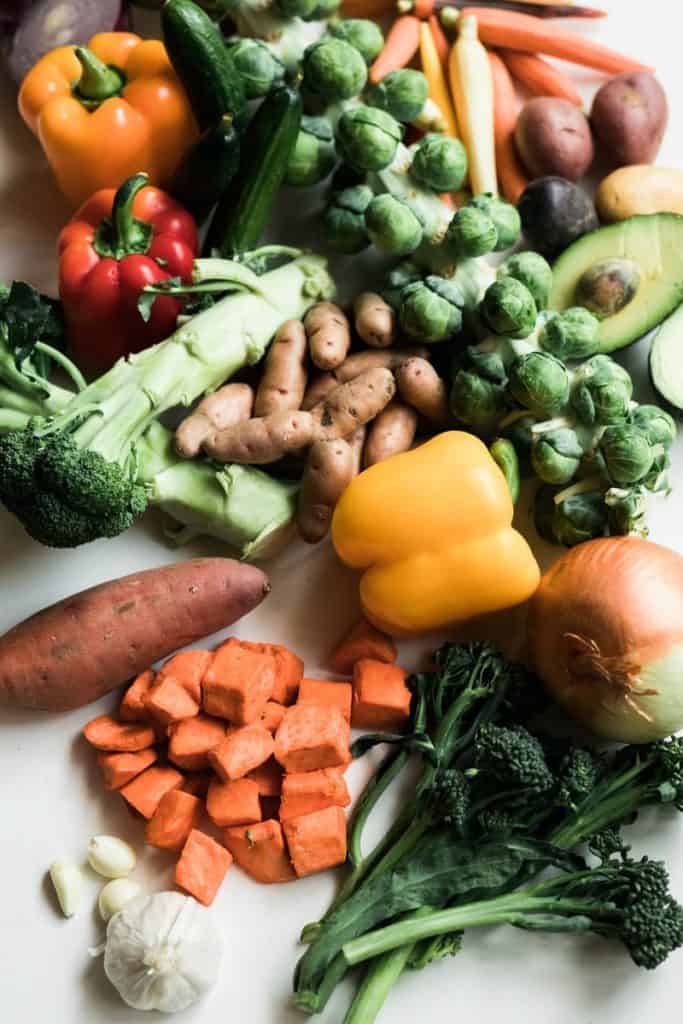
There are so many varieties of vegetables. Each of them offers unique nutrients and provides different flavors and textures to your meal. However, learning how to incorporate them into your daily cooking can be stressful. Let me share my 2 favorite ways of cooking the basics veggies.
Steamed
Steaming veggies is quick, easy, and allow the vegetable to retain more nutrient than when they are boiled. Simply wash and cut the veggies, and add them to a steamer basket in your pot. Each vegetable requires a different cooking time, and everyone’s taste is different. Just keep an eye on them, and remove them from the heat when they are cooked to your desired consistency. Add a little bit of butter or olive oil, salt, and pepper, and enjoy.
My favorite vegetables to steam are green beans, broccoli, cauliflower, and carrots.
Roasted
Just like for potatoes, you can pan roast or oven roast most vegetables. When pan-roasting them, I like to cut them into bite-size pieces. However, when oven-roasting them, I like them a little larger so that the exterior doesn’t get too crispy while the inside is still not cooked through, Roast in the oven at 400 F for 10-15 minutes, or until desired consistency. Roast in a pan for 5-10 minutes or so until the veggies are nice and soft.
I use olive oil or avocado oil on them and season generously with salt, pepper, garlic, and any fresh herbs I have.
My favorite vegetables to roast are asparagus, sweet potatoes, zucchinis, onion, and mushrooms.
| Idea: Add a drizzle of balsamic vinegar for added flavor to your veggies. |
Ground meat
Unless you are a vegetarian, ground meat is for sure part of cooking the basics. Ground meat is easy to cook and can be incorporated into a countess number of meals. You can use it for burgers, pasta sauce, soups, and many different types of casseroles.
The main thing with ground meat is you want to cook it to a safe cooking temperature to avoid illness. Along the same lines, always wash your hands after handling raw meat and clean all the surfaces the raw meat has touched.
For chicken and turkey, this means the meat is no longer pink, and the temperature has reached 165 F. For ground beef and pork, you also want no pink and the temperature to reach 160 F.
When simply browning the meat in a pan, I recommend using a non-stick pan and adding a small amount of cooking oil. Depending on the dish you are making, I like to add diced onion and garlic along with salt and pepper while cooking the meat.
If making meat patties, meatballs or meatloaf, I recommend seasoning your mixture before you shape the meat. Because it will be more difficult to assess if the meat is still pink in the center, you will need a meat thermometer to determine if it is completely cooked and ready to eat.
Whole chicken
Last but not least, this cooking the basics guide would not be complete without talking about roasting a whole chicken. It is much easier than most think and provides multiple meals depending on the size of the chicken and the size of your family. In addition to the chicken meat itself, you can make delicious broth from the bones to use as the base of a soup or in other recipes calling for chicken broth.
You can cook the chicken in a slow-cooker, an instant pot or in the oven. For this article, I will focus on the oven method.
- Remove the giblets inside the chicken, rinse it well and pat dry.
- Put the chicken in an oven-safe dish that is large enough and deep enough to collect the juice from the chicken.
- Season the chicken generously. I like to use salt, pepper, garlic, oregano, basil, rosemary, and thyme. Tip: mix all the seasoning in a dish first and then rub all over your chicken including under the skin.
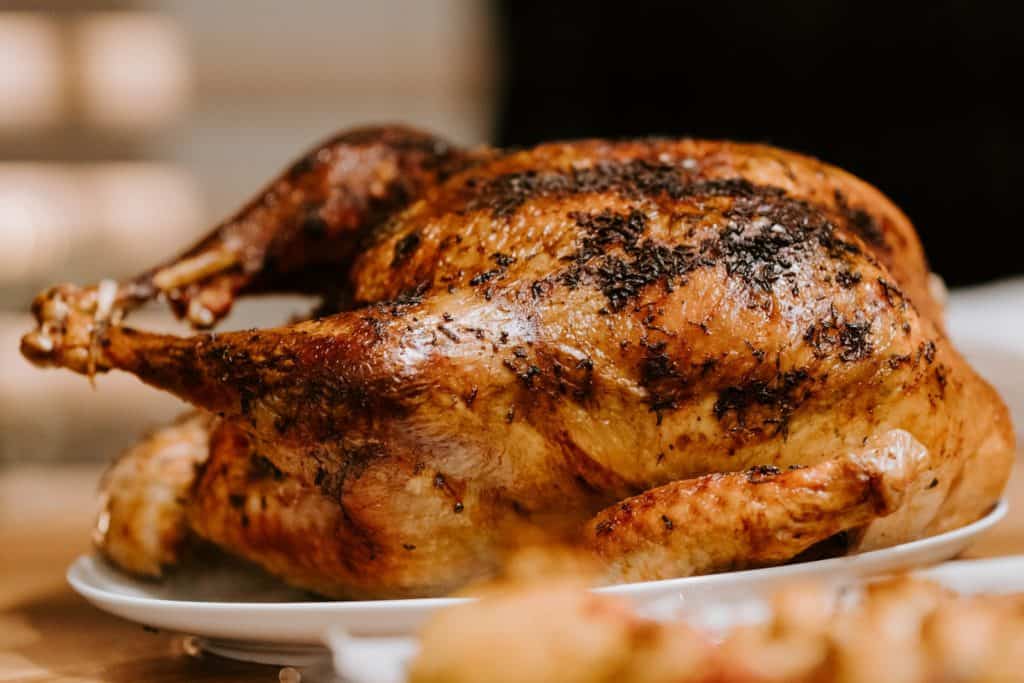
4. Place in a pre-heated oven 425 F on the center rack. Leave it uncovered for 15 minutes. Then lower the heat to 350 F for 20 minutes per pound or until the internal temperature reaches 165 F.
5. Let the chicken sit for at least 15 minutes before cutting it.
6. Once again, wash your hands thoroughly with soap and warm water after handling raw chicken and clean all surfaces the chicken has touched to prevent illness.
| Idea: Serve the chicken with mashed potatoes or rice and steamed carrots and broccoli. You can pour some of the remaining liquid on top or use it to make gravy. |
In conclusion..
Learning to cook is an important life skill, and you might even realize it’s a great hobby. This article was all about cooking the basics, and I hope it is motivating you to start your cooking journey. Take it one step at a time. You will gain confidence as you spend time in the kitchen, and who knows, you might just be the next famous chef.
Bon apetit!
Cat xx